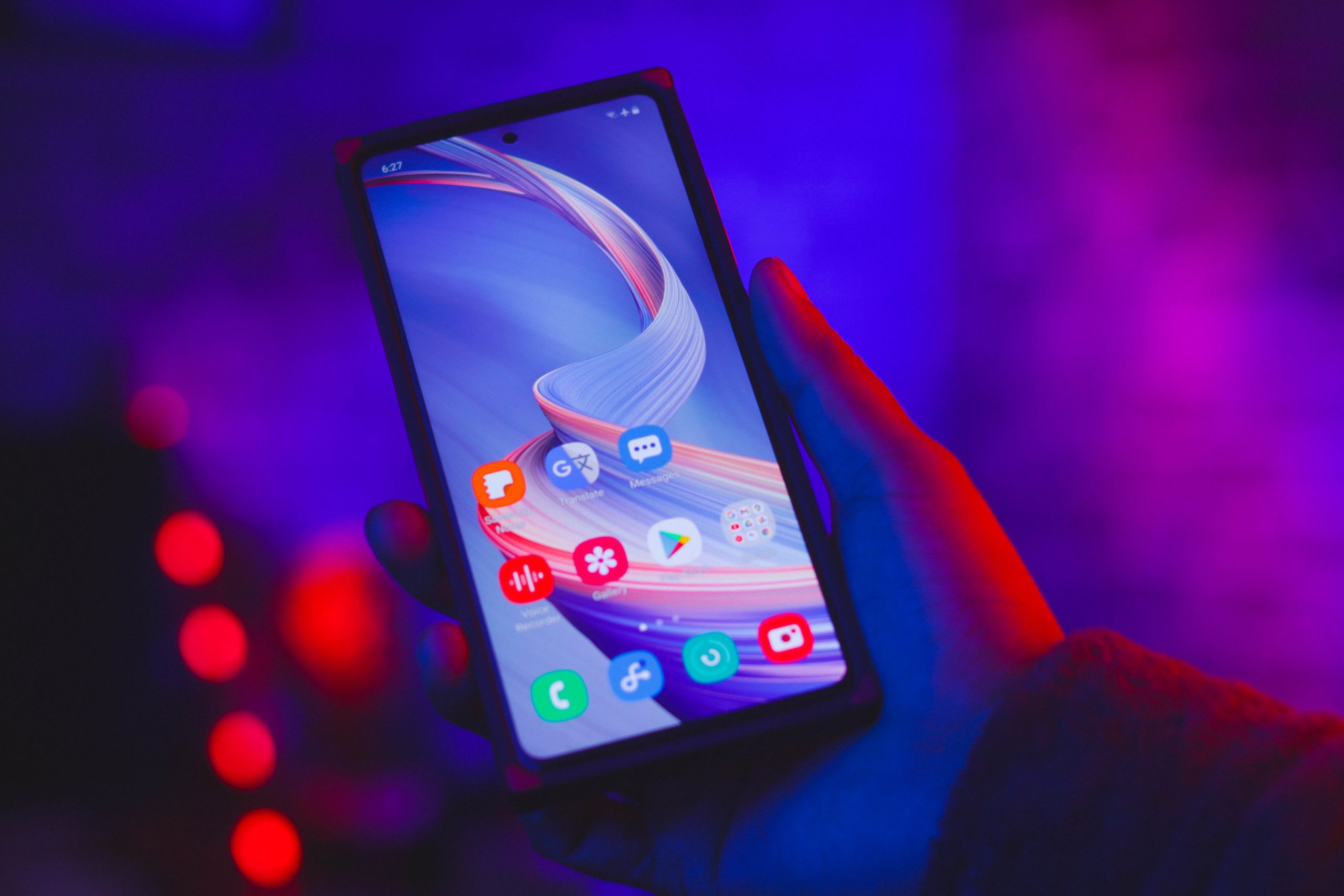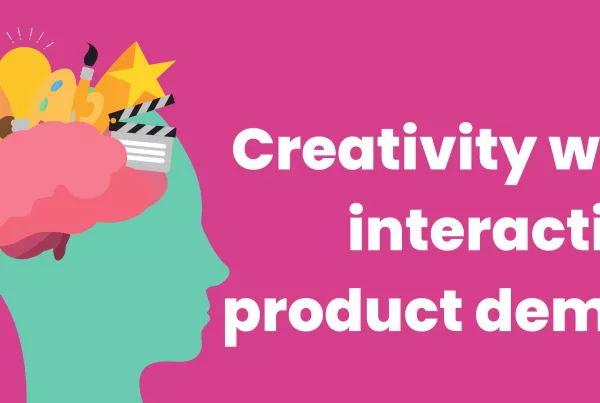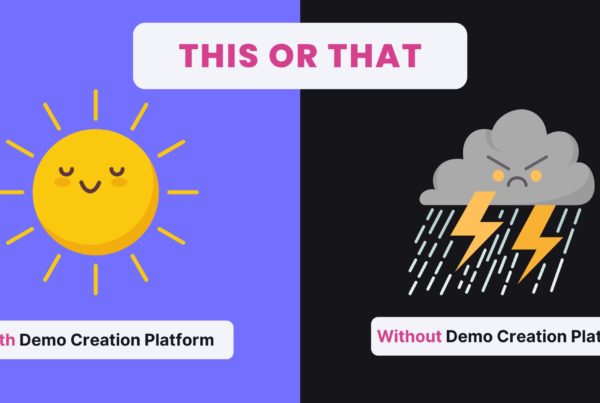It blows my mind to think that it’s been 10 years since I joined a mobile adtech startup called MoPub, which we eventually sold to Twitter in 2013. MoPub had a lot going for us including a rapidly growing mobile app ecosystem across Android and iOS, a fun and innovative culture, and $100m run rate in just 3 years.
Needless to say, I learned a lot seeing MoPub grow from 3 founders and myself to eventually become the leading mobile app ad server and RTB exchange.
Recently I was hanging in Santa Teresa, Costa Rica, sipping on watermelon juice, and thinking about all the learnings I experienced during the MoPub years. Although there were so many, today I wanted to focus on what adtech taught me about – you guessed it – product-led growth.
To begin with, MoPub was always a free product in that there were never subscriptions or licenses like in traditional SaaS. We made money by charging a CPM to use our ad server. But the big bucks were made by showing ads in apps and then doing a revenue share with the app publisher.
App developers would download our open source SDK, install in their app, and then start serving ads from 3rd party ad networks. It was free to use until a certain threshold of ad requests was reached.
Above the free limit, we would charge a flat CPM to use the ad serving platform. We would then cut revenue share deals with publishers allowing us to show premium ads in their app, which came from our RTB exchange (a real-time auction for ads, which were bid on programmatically).
I know this is super jargony and hard to understand if you’re unfamiliar with adtech. But please bear with me.
As you can see, we used the open-source model to drive sign-ups. Because of the nature of our model, we cared the most about high-performing apps and only dedicated sales and support resources to apps containing at least 100m impressions per month or above.
So how would we know how many impressions an app averaged a month?
The first way is if they used our ad server product. The second way is contacting them directly.
Obviously, the first way was easier and less risky. We either had customers using the product for free who grew and now it was time to upgrade them and start doing a revenue share, or popular publishers who were using part of our product but had not entered a formal relationship with us yet.
For popular app publishers who were not yet on our platform, the name of the game was to locate them and then get them to test our platform with the hopes that they would allow us to serve premium ads via our RTB exchange.
To locate these popular app publishers, we found that there was a correlation between the number of ratings and reviews on the app stores, and the app serving at least 100m impressions a month or more. This impression threshold was essentially our “PQL” or product-qualified lead indicator.
The business development team would then reach out and engage them in a trial in order to prove that our product worked and could generate more revenue.
Although the adtech model is not completely analogous, it’s product-led at its core.
Some key takeaways that B2B SaaS marketers can leverage include:
- Launch a free product, whether that be in a free trial or freemium model. Your product is a marketing/sales channel.
- Monitor the product’s usage and look for attributes and behaviors that indicate a high-value customer/deal. Define what a PQL is per product.
- At the prospecting stage, look for externally facing data points that suggest qualification. Then get them in the product, and start looking for more clues that suggest they will close.
- Explore performance-based business models that map directly to value.
- You might have one product that gets them in the door and to value, and another product that generates your company the meaningful revenue.
I hope you enjoyed my walk down memory lane and found some value from the story.
If you have any questions, want to discuss my MoPub experience in more detail, or simply want to talk product-led growth, feel free to ping me at jorge (at) getreprise.com.
Photo by Brightness on Unsplash






